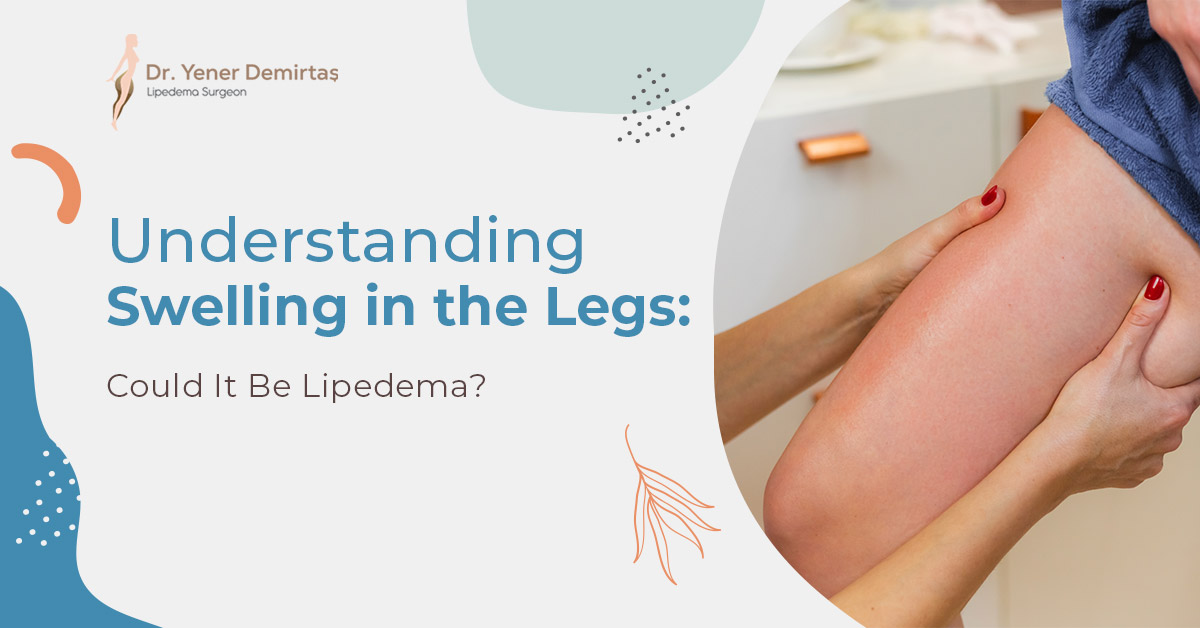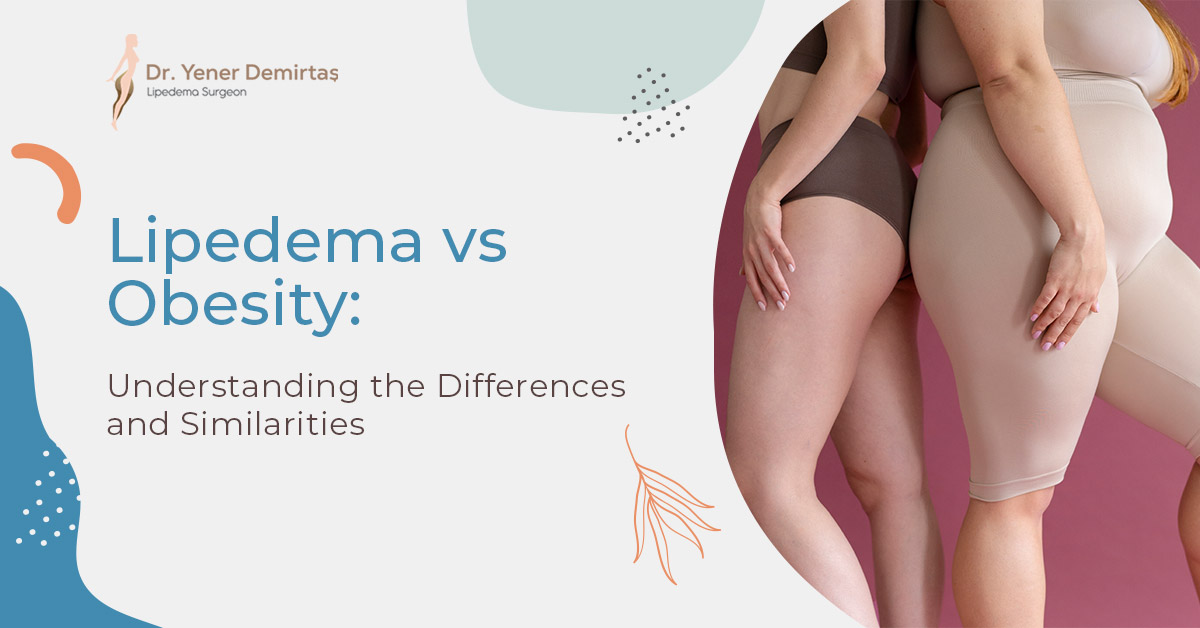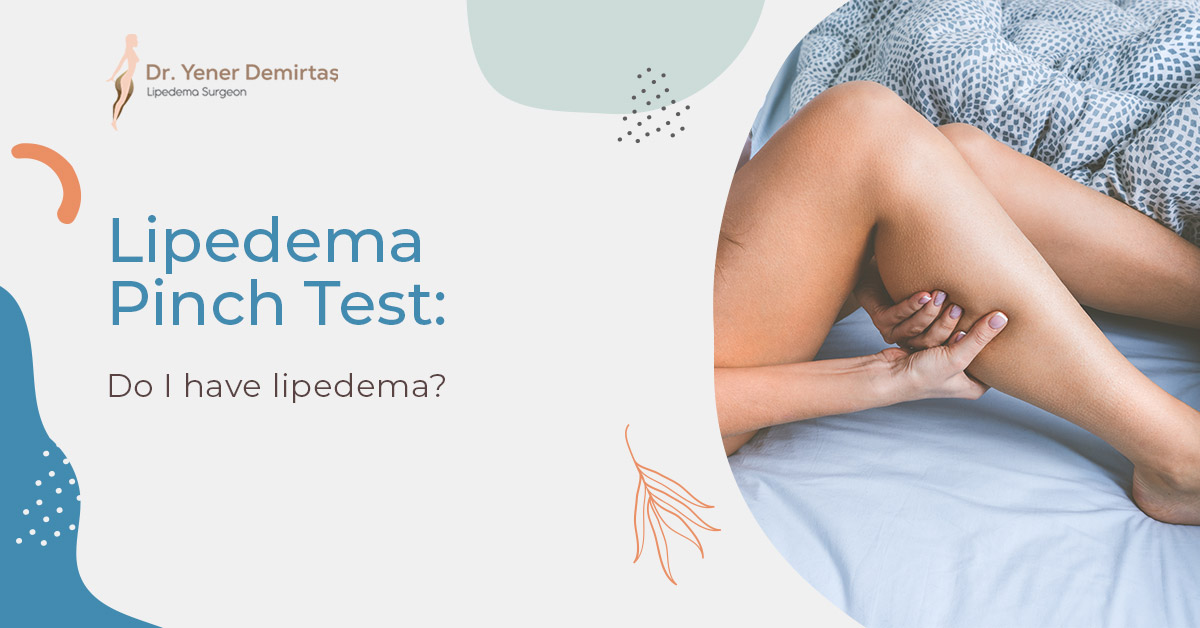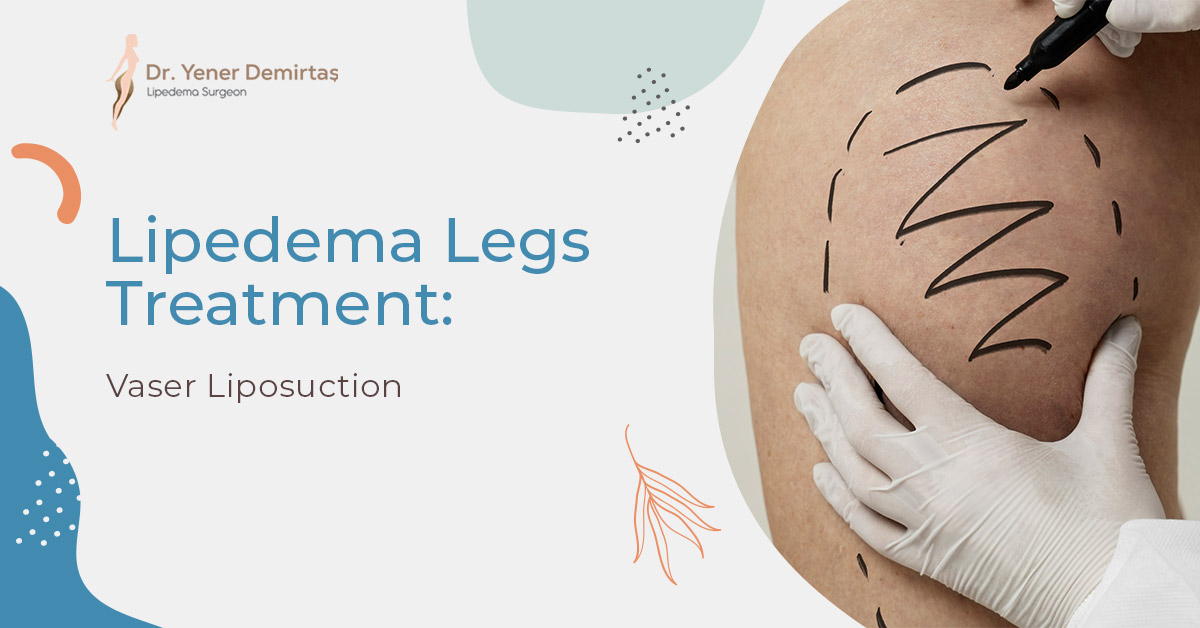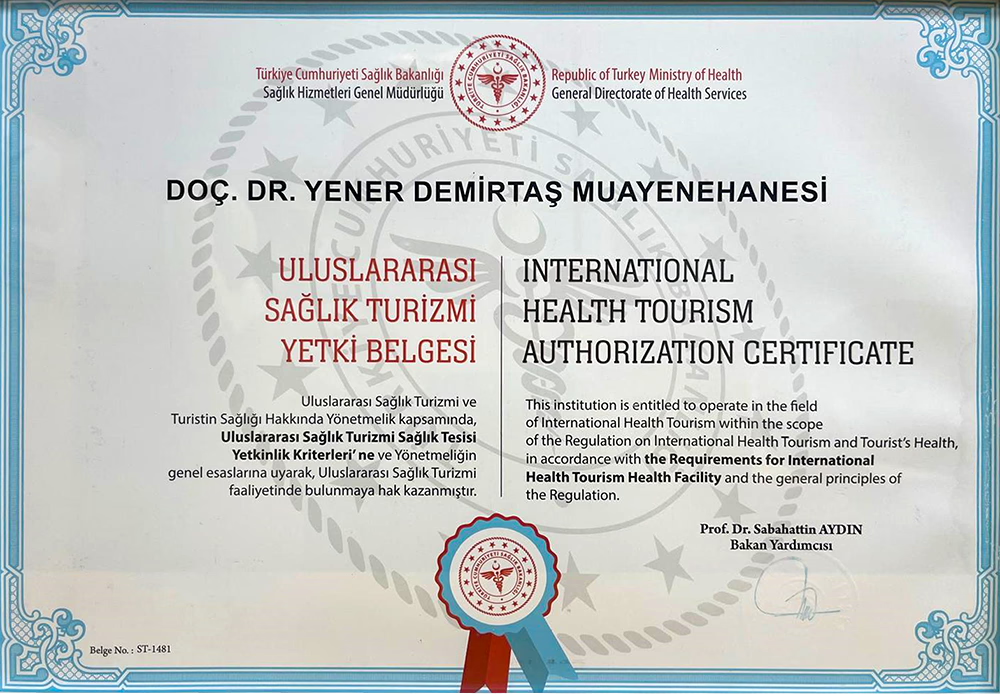Recognizing Lipedema Symptoms Early for Effective Management
Lipedema symptoms can often go unnoticed, but early detection is crucial for managing this condition effectively. In this comprehensive guide, we will discuss the most common lipedema symptoms and how to identify them, the different stages of the condition, and what steps to take if you suspect you have lipedema.
Understanding Lipedema Symptoms
Lipedema is a chronic condition that affects the distribution of fat in the body, mainly in the legs and sometimes the arms. Recognizing lipedema symptoms is essential to ensure proper treatment and management.
Here are the most common symptoms to watch for:
- Painful, swollen legs or arms
- Disproportionate fat accumulation in the limbs
- Easy bruising
- Skin that feels cold and firm to the touch
- Difficulty losing weight in the affected areas
Psychological Impact of Lipedema Symptoms
The physical symptoms of lipedema can also lead to emotional and psychological challenges.
Some common psychological effects include:
- Depression and anxiety: Living with chronic pain and swelling can take a toll on mental health.
- Low self-esteem and body image issues: The disproportionate fat distribution may cause individuals to feel self-conscious about their appearance.
- Social isolation: People with lipedema may avoid social situations due to pain, mobility issues, or embarrassment.
The Stages of Lipedema and Their Symptoms
As lipedema progresses, the symptoms may become more pronounced. The condition is typically classified into three stages:
- Stage 1: In this stage, the skin appears smooth and the fat distribution is relatively even. Lipedema symptoms are mild, with slight pain and swelling.
- Stage 2: The skin starts to develop a bumpy, uneven texture due to the growth of fat cells. The pain and swelling worsen, and easy bruising becomes more common.
- Stage 3: In the most advanced stage, large fat deposits can form, leading to significant deformity in the limbs. Mobility is often impaired, and the pain can be severe.
Differentiating Lipedema Symptoms from Other Conditions
It's important to distinguish lipedema symptoms from those of other conditions, such as lymphedema and obesity. Some key differences include:
- Lipedema affects the distribution of fat, while lymphedema is caused by fluid buildup in the lymphatic system.
- In lipedema, the feet and hands are usually spared, whereas in lymphedema, they may be affected.
- Unlike obesity, lipedema does not typically respond to diet and exercise.
Diagnostic Tests for Lipedema Symptoms
- Physical examination: This involves assessing the affected areas for signs of lipedema, such as fat distribution and skin texture.
- Imaging studies: Techniques like ultrasound, MRI, or CT scans can help visualize the underlying fat tissue and rule out other conditions.
- Lymphoscintigraphy: This test evaluates the function of the lymphatic system to differentiate lipedema from lymphedema.
Seeking Professional Help for Lipedema Symptoms
If you suspect you are experiencing lipedema symptoms, it's crucial to consult with a healthcare professional who specializes in this condition. They will perform a thorough examination and recommend appropriate treatment options, such as:
- Compression therapy
- Manual lymphatic drainage
- Liposuction
- Weight management and exercise programs
We recommend Vaser Liposuction as a surgical treatment option for patients diagnosed with lipoedema. Vaser Liposuction, a method that has proven itself with successful results and patient satisfaction, is the method we use most in the surgical treatment of lipedema.
Prevention and Self-Care for Lipedema Symptoms
While there is no known cure for lipedema, adopting healthy lifestyle habits can help manage the symptoms and improve overall well-being. Consider these self-care tips:
- Maintain a balanced diet: Focus on nutrient-dense foods, such as fruits, vegetables, lean protein, and whole grains.
- Exercise regularly: Engage in low-impact activities like swimming, yoga, or walking to promote circulation and reduce pain.
- Elevate your legs: When resting, elevate your legs to help reduce swelling and improve blood flow.
- Wear compression garments: These can help control swelling and provide support to the affected limbs.
Building a Support Network
Living with lipedema symptoms can be challenging, but you don't have to face it alone. Reach out to friends, family, or support groups to share your experiences, learn from others, and gain emotional encouragement. Connecting with people who understand your situation can provide valuable insights and make coping with lipedema symptoms more manageable.
Recognizing lipedema symptoms early is crucial for effective management and maintaining a good quality of life. By staying informed, seeking professional help, and adopting a proactive approach, you can take control of your condition and live a fulfilling life despite the challenges of lipedema. Remember, lipedema can be treated successfully and we are here to help!


